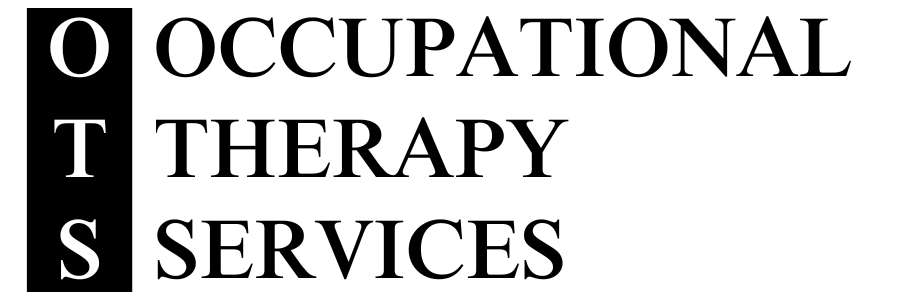
Dysgraphia in Children
Handwriting difficulty
What is dysgraphia?
Dysgraphia means difficulty with handwriting skills. The reasons for the difficulty take many forms. Some children have hand tremors which interfere with all fine motor skills. These tremors can be hereditary or caused by birth trauma. Tremors are neurologically based and cannot be “fixed”. Others have visual perceptual deficits which interfere with the understanding of how lines work together. Still others have visual memory deficits that prevent them from remembering how letters, numbers, or words look. Slow visual processing speed can interfere with writing sentences in a timely manner. Speed becomes more important with each passing grade. Eye muscle misalignment can make it difficult to write words on a line. Keyboarding skills are not the answer for many dysgraphic children.
How does therapy help dysgraphia?
A whole body approach is used to improve handwriting skills. If sitting at a desk and practicing would have corrected the issues involved, then these patients would not have any difficulties because this is the approach used in schools. Children with dysgraphia need more to correct their problems with handwriting skills.
For many older children handwriting bypass strategies are needed to keep up with school demands. At this point, children are given bypass strategies. Classroom recommendations are provided to parents.
How do I test for dysgraphia?
The first appointment is a two-hour evaluation. Standardized tests and clinical observations are administered. A conference is scheduled at a later date to receive the test results, an explanation of what they mean, and how the individual might benefit from therapy. Questions and discussion are encouraged.
These standardized tests are administered every 6 months of treatment to determine progress against a national norm.

Other Treatments
Sensory Processing Disorder
Addresses sensory processing issues to help both academic and behavior meltdowns in children.
Visual Processing Disorder
Targets deficits in visual memory, discrimination, form constancy, and more that impact handwriting and reading skills.
Tongue Tie
Releases fascial restrictions in neck, shoulders and core muscles to optimize tongue tie release.
Craniosacral
Uses gentle touch to release fascial restrictions for all ages, from infants to adults.
Schedule Your Evaluation

Jeannette Schwartz, M.S., OTR


